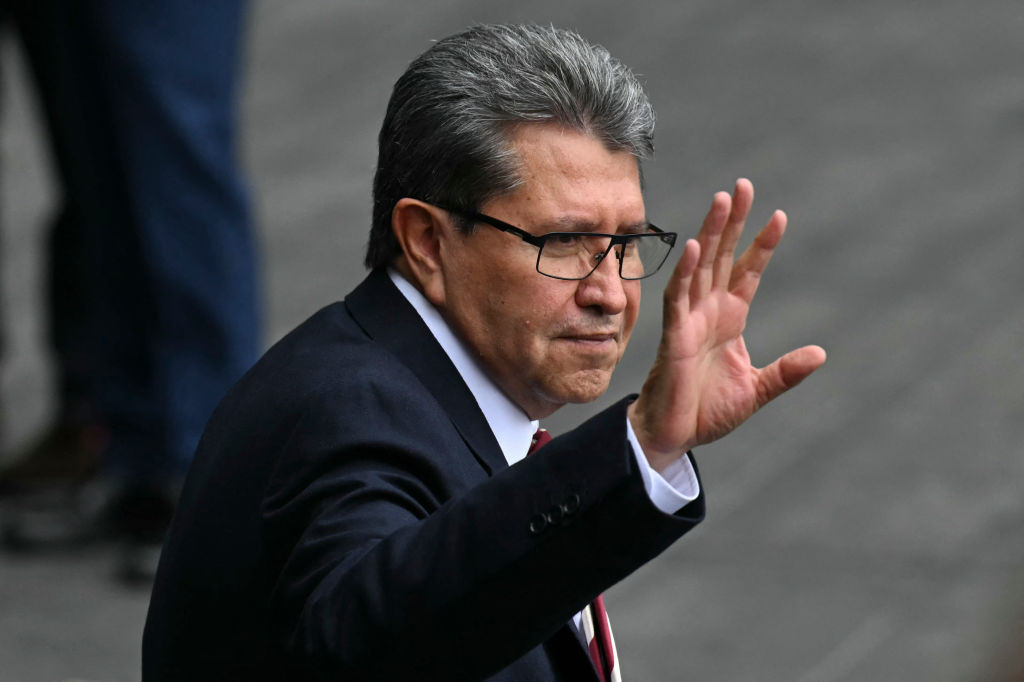Second Time's a Charm: Dilma Wins Brazil's Runoff Vote
Second Time's a Charm: Dilma Wins Brazil's Runoff Vote
Brazil elected its first female president on October 31, when voters chose Dilma Rousseff—and continuity—over ex-Governor of São Paulo José Serra.
Brazil elected its first female president on October 31, when voters chose Dilma Rousseff—and continuity—over ex-Governor of São Paulo José Serra. With 99 percent of ballots counted, the Worker’s Party (PT) candidate won 55.4 percent of votes compared to the roughly 43.5 percent garnered by her opponent from the Brazilian Social Democratic Party (PDSB). Most commonly referred to by her first name, Dilma offered supporters the pledge of carrying on the policies of her popular predecessor President Luis Inácio Lula da Silva. She served as his cabinet chief and went on to become his handpicked heir. “Twenty-eight million Brazilians have been lifted out of poverty,” said Dilma Friday. “I will remove the remaining 20 million.”
Second time’s the charm for Dilma, who came up short of winning the requisite majority of ballots during the first round vote on October 3. At that time, the native of Belo Horizonte pulled in 46.91 percent of votes against the 33.13 percent earned by Serra. But it was third-place finisher and Green Party candidate Marina Silva whose surprising 19.33 percent chunk of votes could be credited with costing Dilma an earlier win. Observers pondered whether Silva would serve as a kingmaker in the subsequent weeks while Dilma’s poll leads against Serra fluctuated between single and double digits.
But, in the end, the victor didn’t need Silva’s help to win. A one-time guerilla and torture victim, the former energy minister never ran for office previosuly. Instead, she and her party got a boost from Lula’s approval ratings, which run above 80 percent as he enters his final months in office. When Dilma and her Vice President Michel Temer take office in January 2011, they will govern a country that saw poverty levels drop from 34 percent when Lula took office in 2002 to 22.6 percent in 2008. Roughly 29 million Brazilians joined the middle class between 2003 and 2009. During the presidential race, Lula linked Dilma with some of his hallmark economic programs, calling her the “godmother” of a massive infrastructure project called the Accelerated Growth Program.
But some question to what degree Brazil’s economic successes over the past few years can be credited entirely to Lula and the Worker’s Party, contending that his predecessor, the PDSB’s Fernando Henrique Cardoso laid the foundations. “To be frank, the novelty, the change in terms of the orientation of the Brazilian society and government, was done in my period,” said Cardoso last week, reports The Washington Post. “Of course, Lula did a series of good things, too. The way he managed the recent international crisis was correct. But I started it.” Still, indications that Brazilian voters weren’t looking for change posed a campaign challenge for Serra, who avoided proposing major policy deviations and even compared himself with Lula by saying they were both “true leaders.”
Learn more:
- AS/COA’s Resource Guide to the elections ahead of voting day.
- Results from Brazil’s Superior Electoral Court.
- O Globo interactive profile of Dilma.
- University of Pennsylvania’s Unversia Knowledge@Wharton explores Lula’s legacy.







